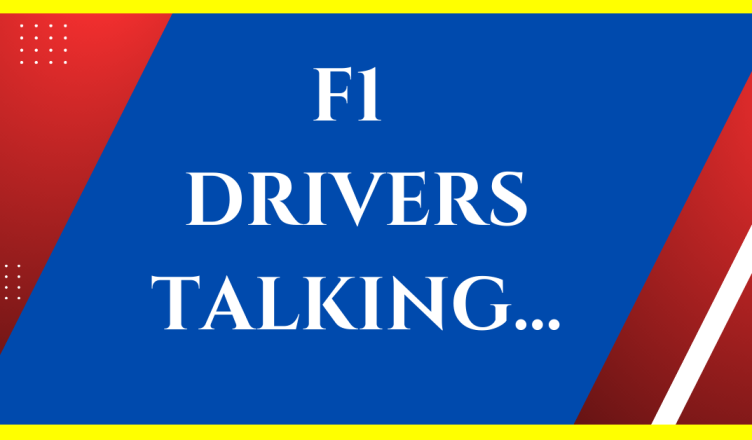Formula One (F1) is a high-octane, adrenaline-fueled sport that requires lightning-fast reflexes, impeccable precision, and expert teamwork.
At the heart of this complex sport is communication, which plays a crucial role in ensuring that the drivers, teams, and support staff are all on the same page.
In this article, we’ll delve into the fascinating world of radio communication in F1 and answer the question: Can F1 drivers talk to each other?
History of Radio Communication in F1
The history of radio communication in F1 dates back to the 1960s when teams first began using two-way radios to communicate with their drivers.
However, these early systems were primitive by today’s standards, and the quality of the communication was often poor.
Over the years, the technology has improved dramatically, and today’s radio systems are state-of-the-art.
One of the most significant milestones in radio communication in F1 was the introduction of telemetry, which allows teams to monitor their cars’ performance remotely.
This technology made it possible for teams to track their drivers’ speeds, lap times, and other critical data, providing them with a wealth of information to help them optimize their strategy.
Current Rules and Regulations on Radio Communication in F1
Radio communication in F1 is subject to strict rules and regulations to ensure fair play and safety.
The FIA, the governing body of F1, has introduced a number of changes to these rules in recent years, in response to concerns about the use of radio communication to give drivers an unfair advantage.
Under the current rules, teams are not allowed to provide their drivers with instructions on how to drive the car.
They can only give them information about their position, lap times, and other essential data.
Teams are also not allowed to tell drivers to change their driving style or adjust their strategy, except in cases of safety.
How Radio Communication Works in F1
Radio communication in F1 is a complex process that involves a range of technical components.
Each car is fitted with a radio receiver and transmitter, which are linked to the team’s communication systems.
During a race, drivers and their teams communicate using headsets and microphones, which are integrated into their helmets and connected to the radio system.
When a driver wants to communicate with their team, they press a button on the steering wheel, which activates the radio system.
They can then speak to their team, who will hear their message through their headsets.
Similarly, when the team wants to speak to the driver, they press a button on their communication console, and the driver will hear their message through their helmet’s speakers.
Examples of Radio Communication in F1
Radio communication in F1 can have a significant impact on the outcome of a race, as demonstrated by a few key examples.
In the 2019 Brazilian Grand Prix, for instance, Lewis Hamilton was instructed by his team to pit for fresh tires, which ultimately helped him win the race.
Similarly, in the 2020 Italian Grand Prix, Pierre Gasly was instructed by his team to stay out on the track, which helped him secure his first-ever F1 victory.
However, radio communication in F1 can also be a source of controversy.
In the 2016 British Grand Prix, for example, Mercedes driver Nico Rosberg was penalized for receiving illegal assistance from his team over the radio.
This incident sparked a debate about the role of radio communication in F1 and prompted the FIA to introduce stricter rules around radio communication.
Challenges of Radio Communication in F1
Despite the advances in radio communication technology, there are still several challenges that teams and drivers must overcome during a race.
One of the most significant challenges is interference, which can be caused by various factors such as weather, electronic signals, and other radio systems.
To mitigate this issue, teams use sophisticated radio systems that are designed to filter out unwanted signals and reduce interference.
Another challenge is the noise level in the cockpit, which can make it difficult for drivers to hear their team’s messages.
To address this issue, teams use noise-cancelling headsets that block out external noise and make it easier for drivers to hear their team’s instructions.
Finally, communication breakdowns can occur due to technical issues or human error, which can be catastrophic during a race.
To prevent this, teams have backup communication systems in place and conduct extensive training to ensure that their communication processes are as robust as possible.
Conclusion
In conclusion, radio communication is an essential aspect of F1 racing that plays a crucial role in ensuring that drivers, teams, and support staff are all on the same page.
While the rules and regulations surrounding radio communication in F1 are strict, teams still find ways to use it to gain an advantage over their competitors.
However, communication breakdowns and technical issues can be a significant challenge, and teams must work hard to overcome them.
Overall, radio communication in F1 is a fascinating topic that highlights the importance of teamwork, communication, and technology in this incredible sport.
